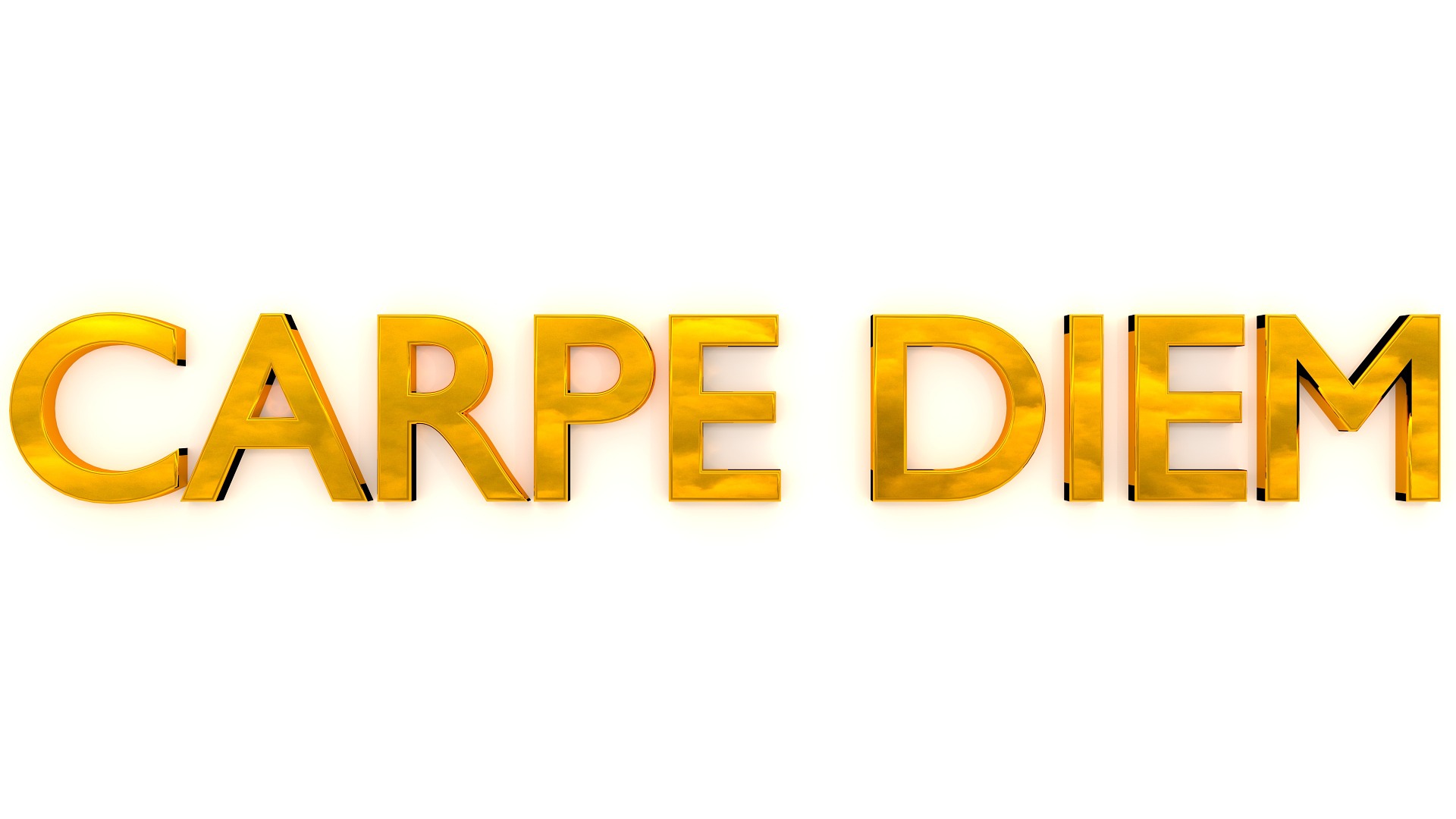A company’s expertise on a subject can become instant PR currency when that topic is in the news. PR teams can take advantage of sudden extra relevance by immediately pitching a client as a news source to media hungry for pertinent expertise. Some call it newsjacking. But in truth nothing is being “jacked” or stolen; instead something is being offered — ideally in the form of informed commentary. Here are the PR fundamentals for reactive media pitches.
PR tips for reactive media pitches
Combine automation with human monitoring
PR people are news junkies, and many start scanning the headlines before hitting the snooze button. But eyeballs can’t catch everything, so most set up digital news alerts. From Google Alerts to more formalized media monitoring platforms like Cision, there are number of tools to help identify relevant items quickly. For example, if you rep an online roommate pairing service, you will want alerts on news topics like the apartment rental market, housing regulations, or even roommate horror stories. Once you spot the opportunity to showcase your client’s expertise, it’s time to pull together a smart media pitch – on the double. Keep in mind if you’re seeking to be included in some reactive news, “day of” is essential. But contrary to convention wisdom, some stories may by their nature have the legs to last.
Reactive is a not always a rush job in B2B PR
If the top media targets are in tech or trade press, some breaking stories have such large ramifications that they could never be resolved quickly. Many tech-oriented narratives, from ongoing privacy breaches to Facebook’s role as a tool for Russian disinformation in the 2016 election will be discussed for months and years after the fact. Another example is the YouTube brand safety crisis. The story of major brands finding their ads featured along side extremist propaganda and pornography has been going on for many months. So subject-matter experts in the many segments of ad tech had multiple opportunities to offer expert commentary as the story evolved. A good PR team will milk the ongoing opps for all they’re worth.
Ready before the news even happens
When assembling that brief but compelling pitch, the PR pro will include a quote from the subject-matter expert or SME. To save back and forth, we often create a spokesperson quote for client approval instead of asking for a comment and waiting for a busy client to craft it. Over time, the PR team can build a library of pre-approved client content for use when relevant news hits. It requires legwork, but prepared content allows for a fast reaction, and the media like it so they can file quickly. We have seen this strategy work particularly well on behalf of our cyber-security-focused clients. Data breaches and hacks have become almost a daily occurrence, necessitating a steady stream of reusable content. Having that library has been critical to our success.
Choose the right media
The PR team should compile a mini-media list that begins with those journalists who reported the trending topic. Though their stories have already been published, many will retroactively include insightful commentary into their pieces. Others will also write follow-ups that lean on your SME’s expertise. After that, you can broaden the outreach in a follow-up. Other reporters on relevant beats may be hustling to cover the same topic, and your SME may be a big help in bringing a fresh perspective to the story. You may then want to cast the net more widely to those media who may not have considered the topic – in which case the existing context will be a good selling point.
Don’t forget owned media
While the PR team is pitching media, the client can make good use of owned media channels, building more in-depth collateral and content through whitepapers, vlogs and podcasts, or guest blog posts. These assets can be powerful forms of thought leadership and effective marketing materials for customers or prospects seeking information about the breaking news. As a bonus, the content can also be used be re-purposed in briefing materials to help ready a spokesperson for any interview requests that require more depth versus a quick soundbite.
The reactive media pitch by definition cannot be planned, and it takes extra attention and agility, but the outcomes can be very positive. In a PR world where you’re always battling for a reporter’s attention, a reactive news opportunity can be a quick win for the client and the agency. As well, it’s often a great way to get on a journalist’s radar and begin a longer-term relationship.


